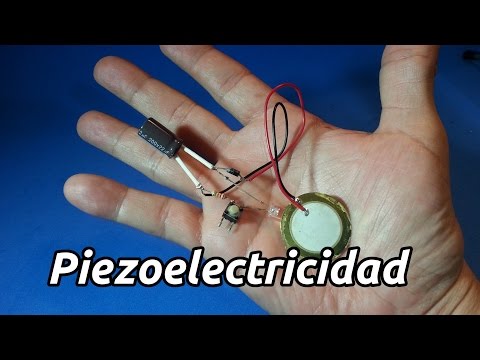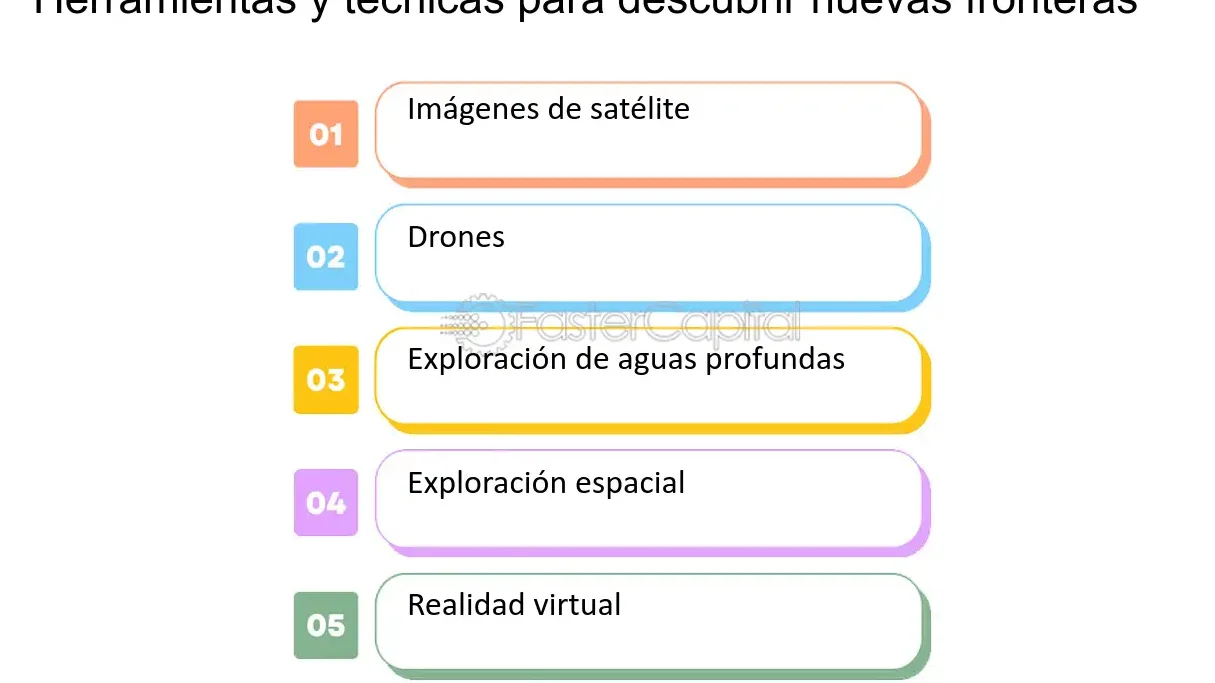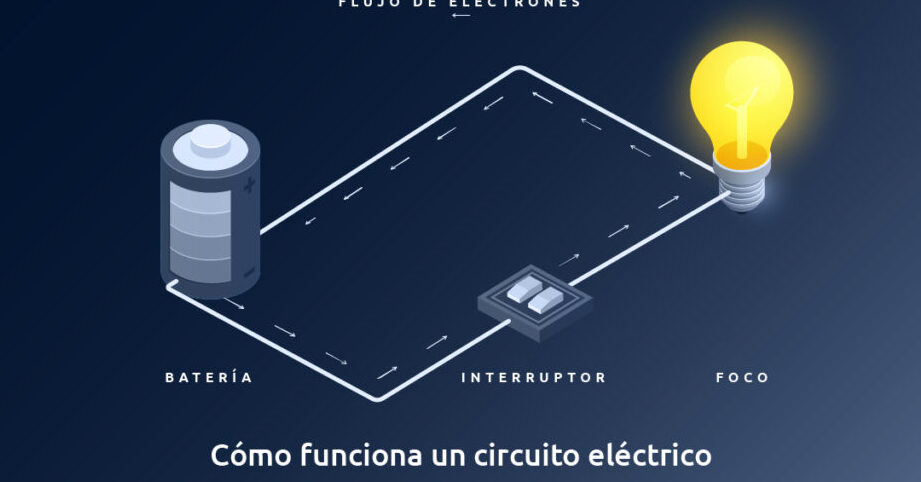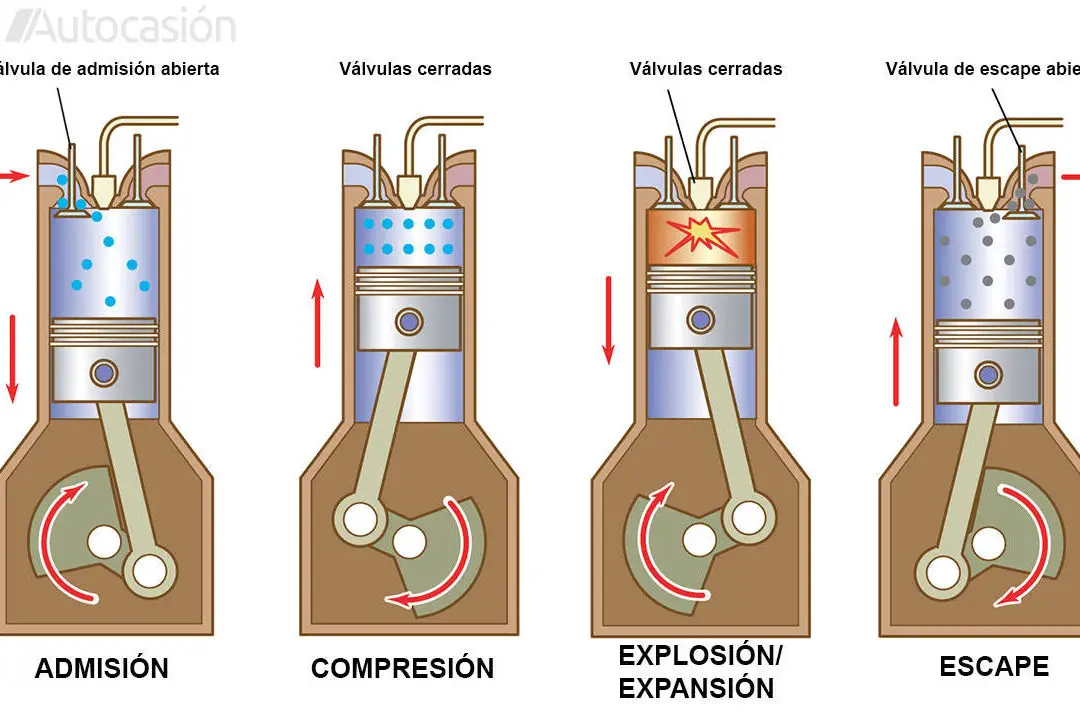The fascinating technology of piezoelectric ceramics: properties and applications
Piezoelectric ceramic technology is a fascinating field that has revolutionized numerous industries. Its unique properties and wide spectrum of applications make it an exciting topic to explore. In this article, we will discover how this incredible technology works and how it has transformed sectors such as medicine, electronics and energy. Get ready to immerse yourself in the fascinating world of piezoelectric ceramics and discover its full potential. Keep reading!
The Fascinating Piezoelectric Property: A Complete Guide
The piezoelectric property is a fascinating phenomenon that has captured the attention of scientists and technologists for decades. In this complete guide, we will explore in detail what piezoelectric is, how it works, and what its most common applications are.
What is piezoelectric?
Piezoelectricity is a property that certain materials have to generate an electrical charge when they are subjected to mechanical pressure or tension. This electrical charge is the result of the deformation of the crystalline structure of the material, which produces a separation of the positive and negative charges inside.
How does piezoelectric work?
The piezoelectric phenomenon is based on the piezoelectric effect, which is the generation of an electrical charge in response to an external force. When pressure or tension is applied to a piezoelectric material, ions within its crystalline structure shift, creating a charge imbalance. This produces an electric field in the material, generating an electric current.
Applications of piezoelectric
The piezoelectric property has numerous applications in different fields. Some of the most common are:
– Sensors and transducers: Piezoelectric materials are used in the manufacture of sensors and transducers to measure different physical variables, such as pressure, temperature and force. These devices convert mechanical energy into electrical signals, allowing their detection and precise measurement.
– Power generation: Piezoelectric is also used in the generation of electrical power. By applying a mechanical force to a piezoelectric material, an electrical charge is generated that can be used to power low-power electronic devices, such as wireless sensors or implantable medical devices.
– Ultrasonic transducers: Piezoelectric materials are used in the manufacture of ultrasonic transducers, which are used in medical applications, such as ultrasound, as well as in industry for ultrasonic cleaning and welding.
The fascinating world of piezoelectric ceramic materials: uses and applications
Piezoelectric ceramic materials are a fascinating area of study in the field of materials science. These materials exhibit the property of piezoelectricity, which is the ability to generate an electrical charge in response to mechanical deformation or vice versa.
One of the most common uses of piezoelectric ceramic materials is in the manufacture of ultrasonic transducers. These transducers convert electrical energy into mechanical energy and vice versa, making them ideal for applications such as medical ultrasound equipment, where they are used for the generation and detection of ultrasonic waves. Additionally, they are also used in other ultrasonic devices such as jewelry cleaners and ultrasonic humidifiers.
Another important application of piezoelectric ceramic materials is in the electronics industry. They are used in the manufacture of pressure sensors, accelerometers and microphones. These devices use the piezoelectric property to convert a mechanical signal into an electrical signal, making them essential for pressure, vibration and sound sensing in a wide range of applications.
In addition to their use in medicine and electronics, piezoelectric ceramic materials also find applications in the automotive industry. They are used in knock sensors, which help monitor and optimize engine performance. They are also used in fuel injection systems and active suspension systems, where they help improve vehicle efficiency and safety.
Piezoelectric: The incredible material that converts pressure into electricity
Piezoelectric is a fascinating material that has the ability to convert mechanical pressure into electricity. This phenomenon is known as the piezoelectric effect and has been the subject of research and development in various scientific and technological areas.
How It Works
The piezoelectric effect is based on the property of certain materials to generate an electrical charge when subjected to mechanical pressure. This is due to the crystalline structure of these materials, which allows the generation of positive and negative charges in different parts of the material.
When pressure is applied to the piezoelectric material, the electrical charges move and generate a potential difference. This potential difference can be used to generate electric current and, consequently, energy.
Piezoelectric applications
Piezoelectric has a wide variety of applications in different fields. Some of the most notable are:
1. Pressure sensors: Piezoelectric materials are used in the manufacture of pressure sensors, which are capable of accurately measuring pressure and converting it into an electrical signal.
2. Energy generation: Piezoelectric is also used in the generation of electrical energy from vibrations and mechanical movements. For example, they can be used in devices that harness the energy of footsteps or the movement of wind to generate electricity.
3. Ultrasonic transducers: Piezoelectric materials are used in ultrasonic transducers, which convert electrical signals into high-frequency sound waves and vice versa. These transducers are used in applications such as ultrasonic cleaning, medicine or the sound industry.
4. Actuators: Piezoelectric actuators are used in different devices to generate precise and controlled movements, such as in camera autofocus systems or precision positioning systems.
Conclusion
Piezoelectric is a material with surprising properties that allows mechanical pressure to be converted into electricity.
Piezoelectric ceramics are the bomb, literally! I know it sounds like something out of a science fiction movie, but I assure you that it is as real as life itself. These ceramics have the incredible ability to convert mechanical energy into electrical energy, and vice versa. A true marvel of technology!
But wait, there's still more. The properties of these ceramics are so versatile that they are used in a lot of applications that you can't even imagine. From ultrasonic sensors to detect defects in materials, to medical devices such as ultrasound machines and even electric lighters. Even lighters have evolved!
And don't think they just stop there, these ceramics also have their place in the automotive industry. Did you know that they are used in the fuel injectors of the engines of our beloved cars? Thanks to them, combustion is more efficient and this translates into lower fuel consumption. Less gas, more money in your pocket!
In short, piezoelectric ceramic technology is something that never ceases to surprise us. Its ability to convert mechanical energy into electrical energy has revolutionized many sectors and has opened the doors to a lot of innovations. So the next time you see a device that looks magical, don't be surprised if you find a piezoelectric ceramic inside. Science never ceases to amaze us!





Post Comment